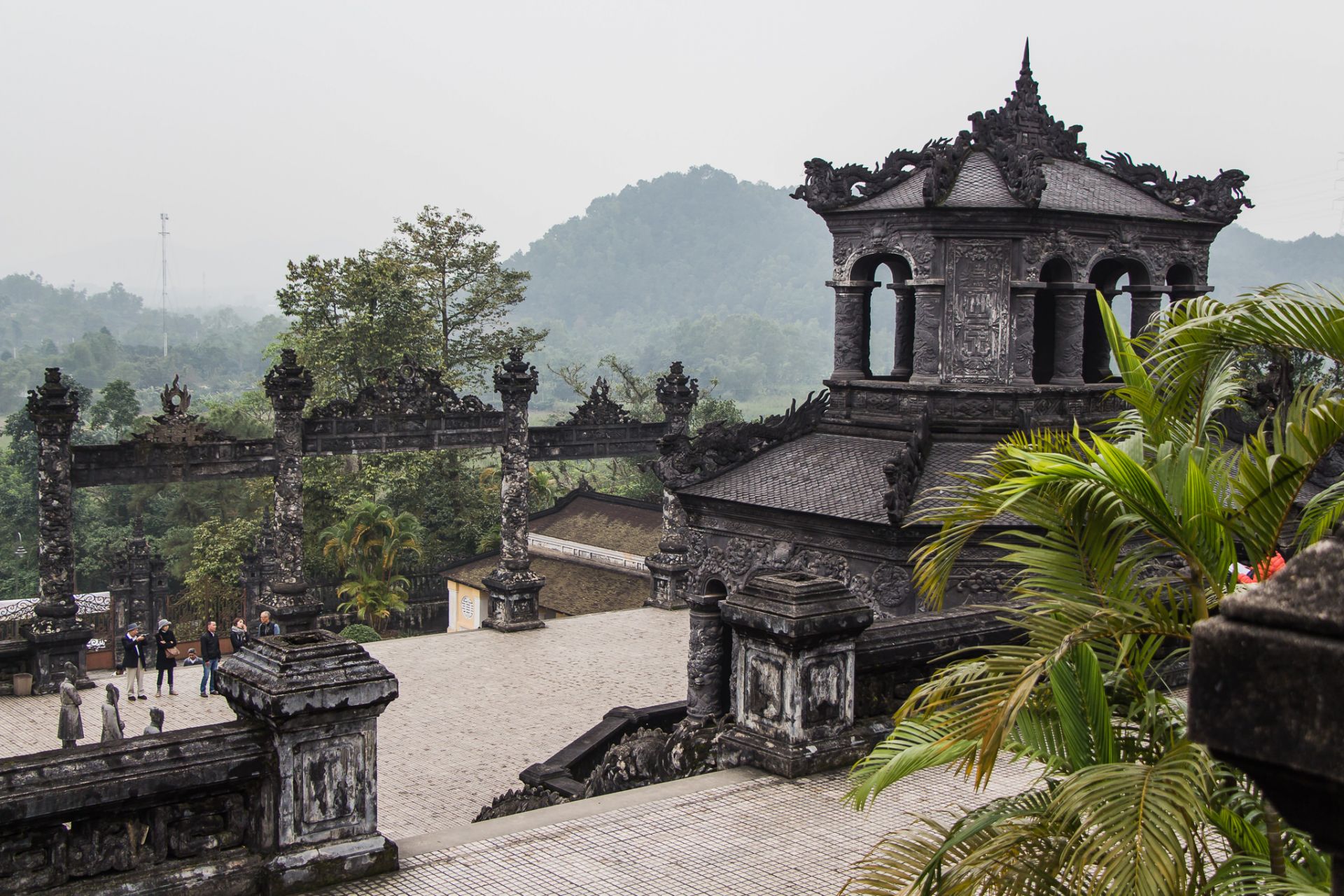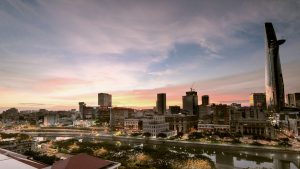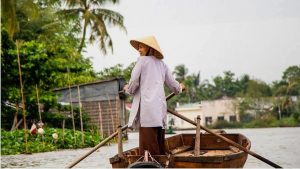The Best Time to Visit Vietnam
The steady growth in Vietnamese tourism over recent years has been truly impressive. Tourists have really begun to recognize its beauty, the richness of its history and culture. Vietnam’s coastline extends for well over 3,000 kilometers. The degrees of latitude between far north and south coast is big and it is no surprise that great variations in climate exist. However, if you plan to travel around the country then bear in mind that the best time to visit Vietnam is from November to late February – that’s when the weather conditions are the best, but that also coincides with the busier travel season.
The sea and the monsoons ensure that deciding when to visit Vietnam you must take into account weather and the best seasons to travel. Only in the north, and largely in highland regions is there ever any really cold weather – temperatures can get below freezing in winter and a warm jumper or a jacket is certainly needed. Humidity makes the temperature feel much lower than it actually is, and you should definitely consider that when planning a Vietnam holiday.
The increasing popularity of Vietnam means that you are likely to encounter crowds in high season. The country’s major attractions such as Halong Bay on the northern coast, some of the stunning beach resorts much further south or Ho Chi Minh City and the Mekong Delta can get really busy. In low season, numbers are sparser, prices fall, and accommodation is more readily available without an advance booking. However, the rains can sometimes make the roads impassable, typically in the northern highlands close to the Chinese border.
The rainy season starts in May and runs through to October, but that doesn’t mean it rains all day, every day; it may be just an afternoon shower. In the low-lying parts of Vietnam in the south, rain will likely remain infrequent well into what is regarded as rainy season.
Those considering a beach holiday may still be better advised to travel once the monsoon rain has left the country completely. High season is from December to February, but that might not suit everyone as most families travel during school holidays in July and August. If you are not afraid of the heat, then this is the best time to head to the central Vietnam where you can relax on the beach and soak up the sun.

Best Time to Visit Northern Vietnam
The best time to visit northern Vietnam is from October to end of April, however it can get rather cold in the mountainous north during the winter months. Also, if you are planning a trip to northern Vietnam and your priorities are to see Hanoi, Halong Bay, and the Red River Delta then you don’t need to factor in the south. We went at the end of December when the rains were certain to have gone but it meant that there was little point in heading for the northern highlands to see Sapa. Harvesting the golden terraces of rice in Sapa was done three months earlier with the terraces then left unkempt until the beginning of the next year when the farmers begin to prepare them for the next crop. Also, if we wanted to visit Sapa in winter, we had to bring an extra warm set of clothes just to use them for a couple of days. In December it was a bit chilly in Hanoi, but warm enough to see Ho Chi Minh’s Mausoleum, enjoy Hoan Kiem Lake with its island temple and have some beers outside at the local street stands.
Best Time to Visit Central Vietnam
The best time to visit central Vietnam is from February to April. The dry season typically starts in March and lasts till the beginning of September, however temperatures can get pretty high in the summer months.
During the dry months don’t miss the beaches south of Danang that were the favorite place for American soldiers to take a break from the Vietnam War for a few days. The opening up of Vietnam to international tourists this century has restored their popularity.
The historic cities of Hue, the capital of the Nguyen Dynasty that ruled under French supervision in the 19th and 20th century until French expulsion, and Hoi An are the two highlights of Central Vietnam. Hoi An old town, its colorful lanterns and the Japanese Covered Bridge make this town a must.
Best Time to Visit Southern Vietnam
The south enjoys a tropical climate where you can forget about low temperatures. There will be rain, but it is warm. The downside is that monsoon rain may be heavy at times, thereby causing flooding and even some disruption in transport. The best and driest months to visit southern part of Vietnam is between November and April. Shoulder seasons are still good to go, however summer months can get particularly wet.
Ho Chi Minh City and the Mekong Delta are the highlights of the south. Several excellent examples of French colonial architecture exist side by side in Ho Chi Minh City alongside modern skyscrapers. The floating markets on the Delta are evidence of just how fertile this region is and getting off the main channels to go through the narrow channels past villages and orchards is a must when visiting this part of Vietnam.
Phu Quoc island in the South China Sea off the Cambodian coast is very much Vietnam. It is a great place to relax with lovely beaches, warm seas, and quality accommodation. It has an airport with international flights as well as regular domestic links, so its popularity is growing. The best time to visit Phu Quoc is from November to March. Shoulder season can still be ok, but you probably should avoid June and July when the island gets a lot of rainfall and the seas get rough.
Festivals in Vietnam
Some travelers decide on Vietnam irrespective of the weather. For example, you might want to experience Tet (Vietnam’s New Year), a time of celebration when the whole family gets together during a holiday lasting up to a week. The actual date varies because it follows the lunar calendar but it is always in January or February. While it is a great time to visit Vietnam and experience local traditions, keep in mind that is also a busy travel time within the country.
Reunification Day on 30th April is immediately followed by Labor Day and that is an extended local holiday period. Even though the temperatures are high, it may be raining. Another period outside the high season that is worth considering is the Mid-Autumn Festival at harvesttime. Parades, music, dancing and some traditional costumes are just a few of the reasons to consider being in Vietnam when one of the important festivals is taking place.
So when should you go to Vietnam?
There is never a truly bad time to visit Vietnam and you can certainly find many things to do no matter when you go. There is always something to see in cities like Hanoi in the north and Ho Chi Minh City in the south. However, the best time to visit Vietnam if you want to cover the whole country, including going to the more remote rural highland regions is from November through New Year, Tet (Vietnamese New Year) until spring approaches.



